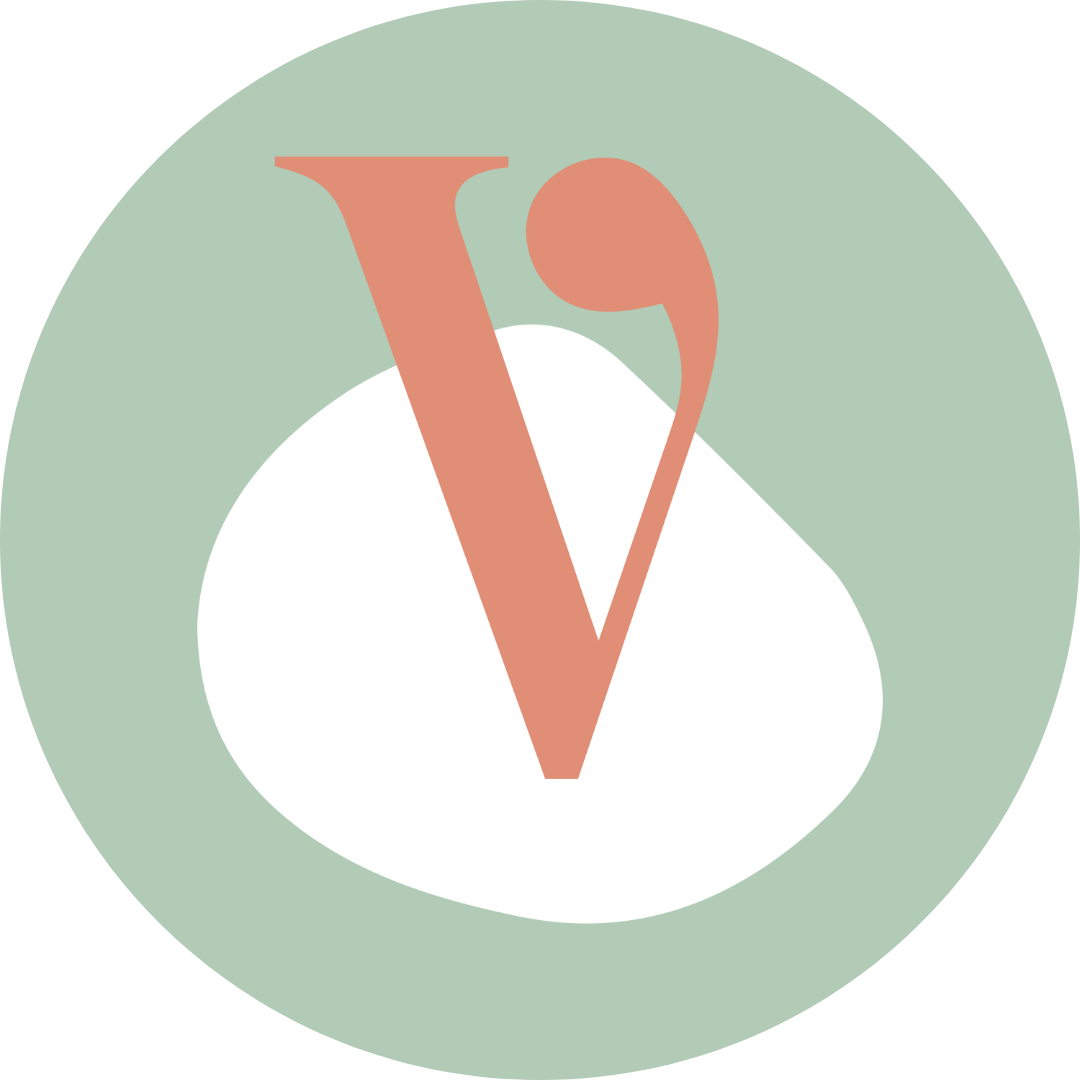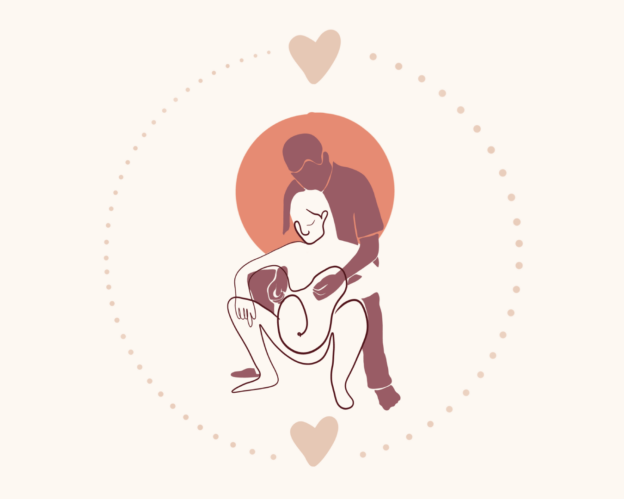
Geschreven door Jiery van Roon
Gepubliceerd op 2 februari 2023
Laatste update juni 2025 door Margot van Dijk
Eindelijk is het zover: na urenlang weeën is het tijd voor de persfase. Het zal niet lang meer duren voordat de baby er is.
Hoe ontstaat persdrang? Hoe kunnen zorgverleners de persfase begeleiden? Wat zijn verschillende persmethoden, en wat zijn de voor- en nadelen daarvan? Wat is de invloed van verschillende persmethoden op de baby en op jouw lichaam? Zijn er ook alternatieven voor de meest gangbare persmethoden? Dit artikel geeft antwoord op deze en andere vragen.
- Bloom, S. L., Casey, B. M., Schaffer, J. I., McIntire, D. D. & Leveno, K. J. (2006). A randomized trial of coached versus uncoached maternal pushing during the second stage of labor. American Journal of Obstetrics and Gynecology, 194(1), 10–13. https://doi.org/10.1016/j.ajog.2005.06.022
- Buckley, S. (2015). Hormonal physiology of childbearing: Evidence and implications for women, babies, and maternity care. Childbirth Connection. https://www.nationalpartnership.org/our-work/resources/health-care/maternity/hormonal-physiology-of-childbearing.pdf
- Buhimschi, C. S., Buhimschi, I. A., Malinow, A. M., Kopelman, J. N. & Weiner, C. P. (2002). Pushing in labor: Performance and not endurance. American Journal of Obstetrics and Gynecology, 186(6), 1339–1344. https://doi.org/10.1067/mob.2002.122402
- Buran, G. & Aksu, H. (2022). Effect of hypnobirthing training on fear, pain, satisfaction related to birth, and birth outcomes: A randomized controlled trial. Clinical Nursing Research, 31(5), 918–930. https://doi.org/10.1177/10547738211073394
- Graves, K. (2013, 1 mei). Are hypnobirthing techniques effective? The Journal of Family Health Care. https://web.p.ebscohost.com/ehost/pdfviewer/pdfviewer?vid=0&sid=f1c1cea8-49bc-4253-8bc6-dd912121f727%40redis
- Healy, M., Nyman, V., Spence, D., Otten, R. H. J. & Verhoeven, C. J. (2020). How do midwives facilitate women to give birth during physiological second stage of labour? A systematic review. PLOS ONE, 15(7), e0226502. https://doi.org/10.1371/journal.pone.0226502
- Kingma, E. (2021). Harming one to benefit another: The paradox of autonomy and consent in maternity care. Bioethics, 35(5), 456–464. https://doi.org/10.1111/bioe.12852
- Koyucu, R. G. & Demirci, N. (2017). Effects of pushing techniques during the second stage of labor: A randomized controlled trial. Taiwanese Journal of Obstetrics and Gynecology, 56(5), 606–612. https://doi.org/10.1016/j.tjog.2017.02.005
- Lee, N., Gao, Y., Lotz, L. & Kildea, S. (2019). Maternal and neonatal outcomes from a comparison of spontaneous and directed pushing in second stage. Women and Birth, 32(4), e433–e440. https://doi.org/10.1016/j.wombi.2018.10.005
- Lemos, A., Amorim, M. M., Dornelas de Andrade, A., de Souza, A. I., Cabral Filho, J. E. & Correia, J. B. (2017). Pushing/bearing down methods for the second stage of labour. Cochrane Database of Systematic Reviews, 2017(3). https://doi.org/10.1002/14651858.cd009124.pub3
- Low, L. K., Miller, J. M., Guo, Y., Ashton-Miller, J. A., DeLancey, J. O. L. & Sampselle, C. M. (2012). Spontaneous pushing to prevent postpartum urinary incontinence: A randomized, controlled trial. International Urogynecology Journal, 24(3), 453–460. https://doi.org/10.1007/s00192-012-1884-y
- Prins, M., Boxem, J., Lucas, C. & Hutton, E. (2011). Effect of spontaneous pushing versus Valsalva pushing in the second stage of labour on mother and fetus: a systematic review of randomised trials. BJOG: An International Journal of Obstetrics & Gynaecology, 118(6), 662–670. https://doi.org/10.1111/j.1471-0528.2011.02910.x
- Roberts, J. E. (2002). The “push” for evidence: management of the second stage. Journal of Midwifery & Women’s Health, 47(1), 2–15. https://doi.org/10.1016/s1526-9523(01)00233-1
- Rossetti, A.M (2022). Trainingen: Stress in labour, Labour pain & Second stage of labour
- Sampselle, C. M., Miller, J. M., Luecha, Y., Fischer, K. & Rosten, L. (2005). Provider support of spontaneous pushing during the second stage of labor. Journal of Obstetric, Gynecologic & Neonatal Nursing, 34(6), 695–702. https://doi.org/10.1177/0884217505281904
- Schaffer, J., Bloom, S., Casey, B., McIntire, D., Nihira, M. & Leveno, K. (2005). A randomized trial of the effects of coached vs uncoached maternal pushing during the second stage of labor on postpartum pelvic floor structure and function. American Journal of Obstetrics and Gynecology, 192(5), 1692–1696. https://doi.org/10.1016/j.ajog.2004.11.043
- Shinozaki, K., Suto, M., Ota, E., Eto, H. & Horiuchi, S. (2022). Postpartum urinary incontinence and birth outcomes as a result of the pushing technique: A systematic review and meta-analysis. International Urogynecology Journal. https://doi.org/10.1007/s00192-021-05058-5
- Tunestveit, J. W., Baghestan, E., Natvig, G. K., Eide, G. E. & Nilsen, A. B. V. (2018). Factors associated with obstetric anal sphincter injuries in midwife-led birth: A cross sectional study. Midwifery, 62, 264–272. https://doi.org/10.1016/j.midw.2018.04.012
- Vaziri, F., Arzhe, A., Asadi, N., Pouhramad, S. & Moshfeghy, Z. (2016). Spontaneous pushing in lateral position versus Valsalva maneuver during second stage of labor on maternal and fetal outcomes: A randomized clinical trial. Iranian Red Crescent Medical Journal, 18(10). https://doi.org/10.5812/ircmj.29279
- WHO. (2018). WHO recommendations: Intrapartum care for a positive childbirth experience. World Health Organization. https://www.who.int/publications/i/item/9789241550215
- Yao, J., Roth, H., Anderson, D., Lu, H., Li, X. & Baird, K. (2022). Benefits and risks of spontaneous pushing versus directed pushing during the second stage of labour among women without epidural analgesia: A systematic review and meta-analysis. International Journal of Nursing Studies, 134, 104324. https://doi.org/10.1016/j.ijnurstu.2022.104324
- Yildirim, G. & Beji, N. K. (2008). Effects of pushing techniques in birth on mother and fetus: A randomized study. Birth, 35(1), 25–30. https://doi.org/10.1111/j.1523-536x.2007.00208.x

Reacties
Je moet ingelogd zijn op om een reactie te plaatsen.



Interessant artikel! Wat betreft de wetenschappelijke onderbouwing zou intuïtief persen eigenlijk veel meer aangeraden moeten worden (immers: geen negatieve effecten en wel bij gestuurd persen).
Ik ben nog even benieuwd naar het volgende: zijn er ook vrouwen die helemaal geen persdrang ervaren? Überhaupt niks? Soms hoor ik vrouwen daarover praten en bang zijn dat ze dat niet krijgen en willen daarom graag gecoacht worden tijdens het persen. En als dat zo is, geen persdrang, is dat dan een probleem of zorgt de baarmoeder er altijd wel voor dat de baby er uit komt (er worden immers ook baby’s geboren van vrouwen die buiten bewustzijn of in coma waren tijdens de baring). Ben erg benieuwd, maar wellicht dat daar geen onderzoek naar gedaan is. Bedankt voor het artikel!
Klopt, intuïtief is gunstiger (bij epiduraal is dat alleen niet altijd mogelijk trouwens).
Geen persdrang: ga ik in de scholing voor zorgverleners verder op in, maar meestal is het een kwestie van tijd (dus komt het als je lang genoeg wacht, kijk bijv ook eens bij plateaufase: https://vraagdevroedvrouw.nl/de-plateaufase/), soms komt het door een ‘afwijkende’ hoofdligging.
En is er ook meer kans op aambeien bij gecoacht persen? 🙂
Heb ik geen onderzoek naar gevonden, maar zou best kunnen!